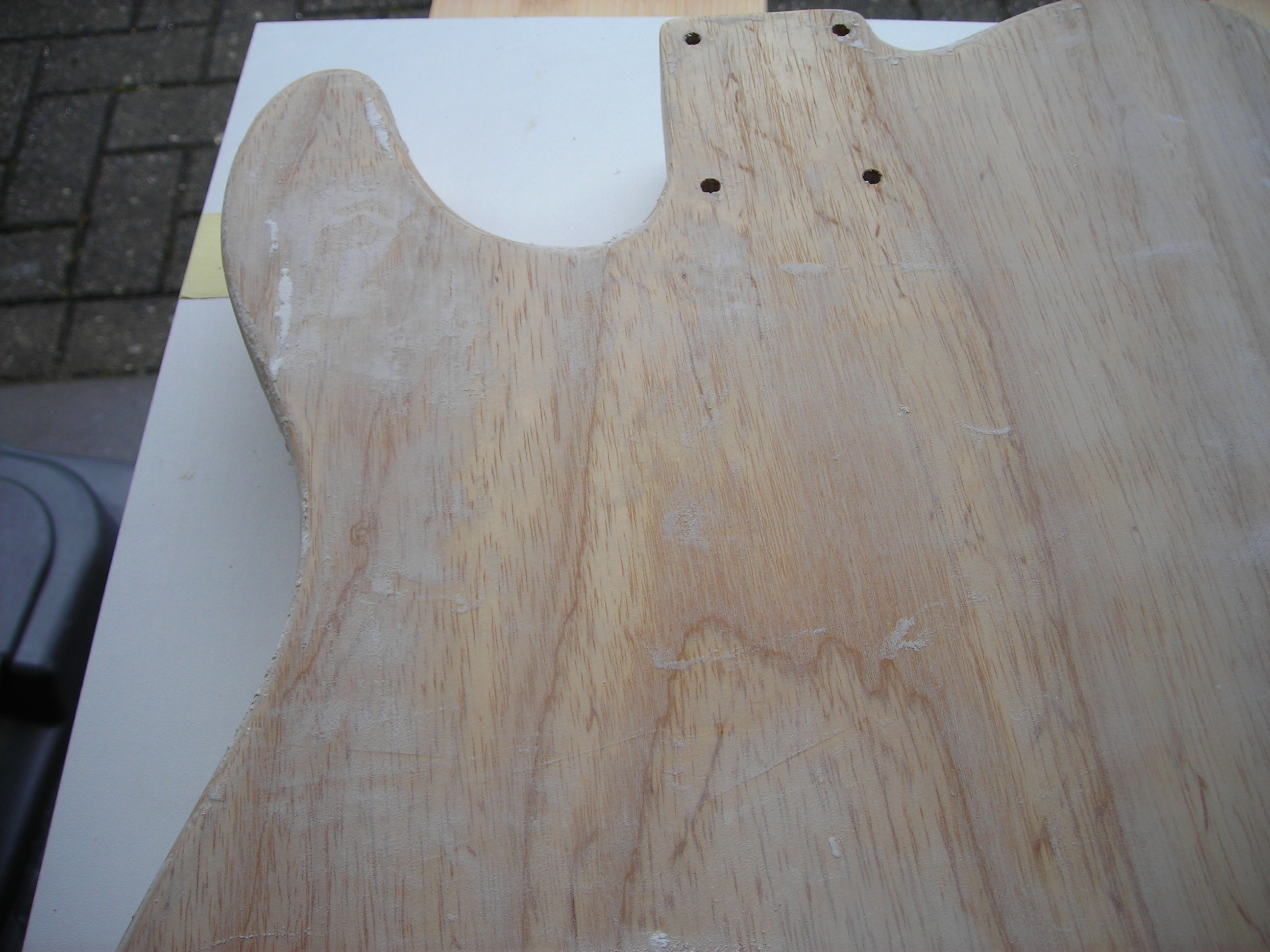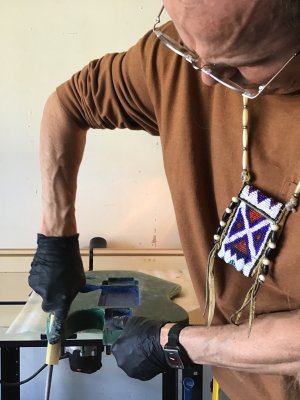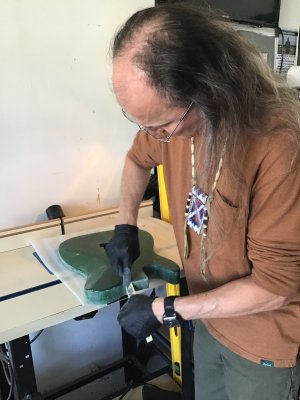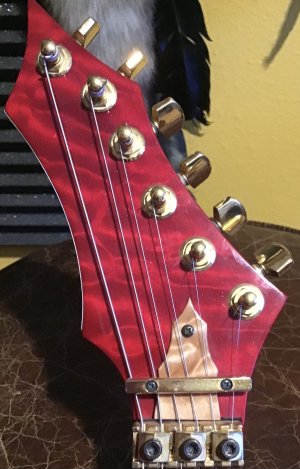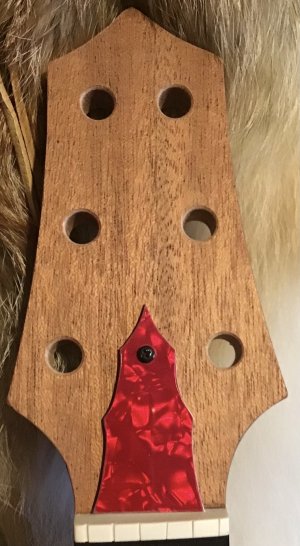I've also
heard about it, but never really considered it beyond that cursory glance at some Random Internet Post or Blog™. I suppose from a
practical POV, the only difference between food coloring and Trans-Tint would be whether one is edible or not.
(and I don't want to check if Trans-Tint is)
Chemical difference and behavior of said chemicals are different stories, of course.
Upon further study, there's a ton of conflicting anecdotal reports on effectiveness. Some say it fades fast, others argue that those first people suck at life and should just quit, then the first group comes back with some other snippy retort about their parentage, then nobody's talking about finishing guitars anymore, etc., etc.., etc. because Internet.™.
The coloring I've been doing has been with various blends of Trans-Tint in DNA, usually something like a 3:1 or 5:1 ratio of DNA to color. The green baritone I'm working on right now is a 5:3 ratio of yellow to green Trans-Tint and then a multiplier of 3x the total volume of dye of DNA as the solvent. Apply with blue paper shop towel, let dry, repeat as necessary, then shoot clear.
A wood that's known for taking dyes in a blotchy way like maple, I'll apply 2-3 coats of prestain conditioner.
All of this can be a hassle, but I kinda' find it therapeutic.




